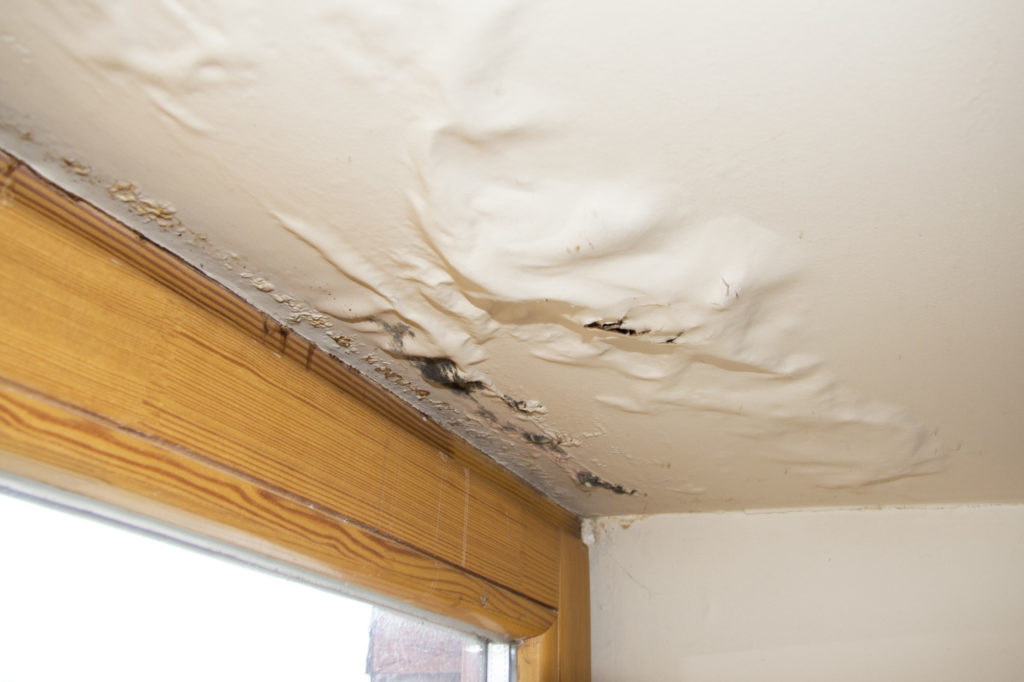Do's & Don'ts of Water Restoration.
Do's & Don'ts of Water Restoration.
Blog Article
What are your insights and beliefs on 5 Home Safety Tips To Reduce The Risk Of Fire And Water Damage?

Water gives life, water intrusion on components where it's not expected to be can result in damage. Houses with water damage odor old and stuffy.
Water can come from lots of sources such as tropical storms, floods, burst pipelines, leakages, and drain problems. In case you experience water damages, it would be excellent to know some safety preventative measures. Below are a couple of standards on how to take care of water damages.
Do Prioritize Residence Insurance Coverage
Water damage from flood dues to heavy winds is seasonal. However, you can likewise experience a sudden flooding when a malfunctioning pipe suddenly breaks into your house. It would be best to have residence insurance coverage that covers both acts of God such as natural tragedies, as well as emergencies like busted plumbing.
Don't Forget to Shut Off Utilities
This cuts off power to your whole house, preventing electrical shocks when water comes in as it is a conductor. Do not neglect to transform off the primary water line valve.
Do Stay Proactive and Heed Climate Signals
Tornado floodings can be really unforeseeable. Stay aggressive and ready if there is a history of flooding in your area. Listen to discharge cautions if you live near a lake, river, or creek . Obtain valuables from the first stage and also basement, after that placed them on the greatest feasible level. Doing so reduces potential property damage.
Do Not Ignore the Roofing System
Before the climate transforms terrible, make sure you have a roof covering assessment. As a matter of fact, it would certainly be prudent to get this service every year as it can mitigate complex concerns. You can stay clear of rain damages if there are no openings and leakages in your roof covering. Your roofing professional will certainly additionally take care of defective rain gutters or any other indications of weakening. This will certainly protect against water from moving down your wall surfaces and also soaking your ceiling.
Do Focus On Little Leaks
A ruptured pipeline doesn't happen over night. Typically, there are red flags that show you have weakened pipelines in your home. You may discover gurgling paint, peeling off wallpaper, water touches, water stains, or trickling noises behind the wall surfaces. Ultimately, this pipeline will rupture. Preferably, you should not wait for points to rise. Have your plumbing repaired before it leads to massive damage.
Do Not Panic in Case of a Ruptured Pipeline
When it comes to water damage, timing is essential. Therefore, if a pipe bursts in your home, instantly shut off your main water valve to reduce off the source. Call a reputable water damages restoration professional for help.
Water provides life, water intrusion on components where it's not meant to be can result in damage. Residences with water damage smell moldy and also old.
Water damages from flood fees to heavy winds is seasonal. You might notice gurgling paint, peeling wallpaper, water touches, water spots, or dripping noises behind the wall surfaces. When it comes to water damage, timing is crucial.
Some Do's & Don't When Dealing with a Water Damage
DO:
Make sure the water source has been eliminated. Contact a plumber if needed. Turn off circuit breakers supplying electricity to wet areas and unplug any electronics that are on wet carpet or surfaces Remove small furniture items Remove as much excess water as possible by mopping or blotting; Use WHITE towels to blot wet carpeting Wipe water from wooden furniture after removing anything on it Remove and prop up wet upholstery cushions for even drying (check for any bleeding) Pin up curtains or furniture skirts if needed Place aluminum foil, saucers or wood blocks between furniture legs and wet carpet Turn on air conditioning for maximum drying in winter and open windows in the summer Open any drawers and cabinets affected for complete drying but do not force them open Remove any valuable art objects or paintings to a safe, dry place Open any suitcases or luggage that may have been affected to dry, preferably in sunlight Hang any fur or leather goods to dry at room temperature Punch small holes in sagging ceilings to relieve trapped water (don't forget to place pans beneath!); however, if the ceiling is sagging extremely low, stay out of the room and we'll take care of it DO NOT:
Leave wet fabrics in place; dry them as soon as possible Leave books, magazines or any other colored items on wet carpets or floor Use your household vacuum to remove water Use TV's or other electronics/appliances while standing on wet carpets or floors; especially not on wet concrete floors Turn on ceiling fixtures if the ceiling is wet Turn your heat up, unless instructed otherwise

We were introduced to that editorial on Fire And Water Damage Prevention from a friend on a different web address. Enjoyed reading our blog entry? Please share it. Help somebody else discover it. We love reading our article about Preventing Fires and Water Damage In Your Home.
Report this page